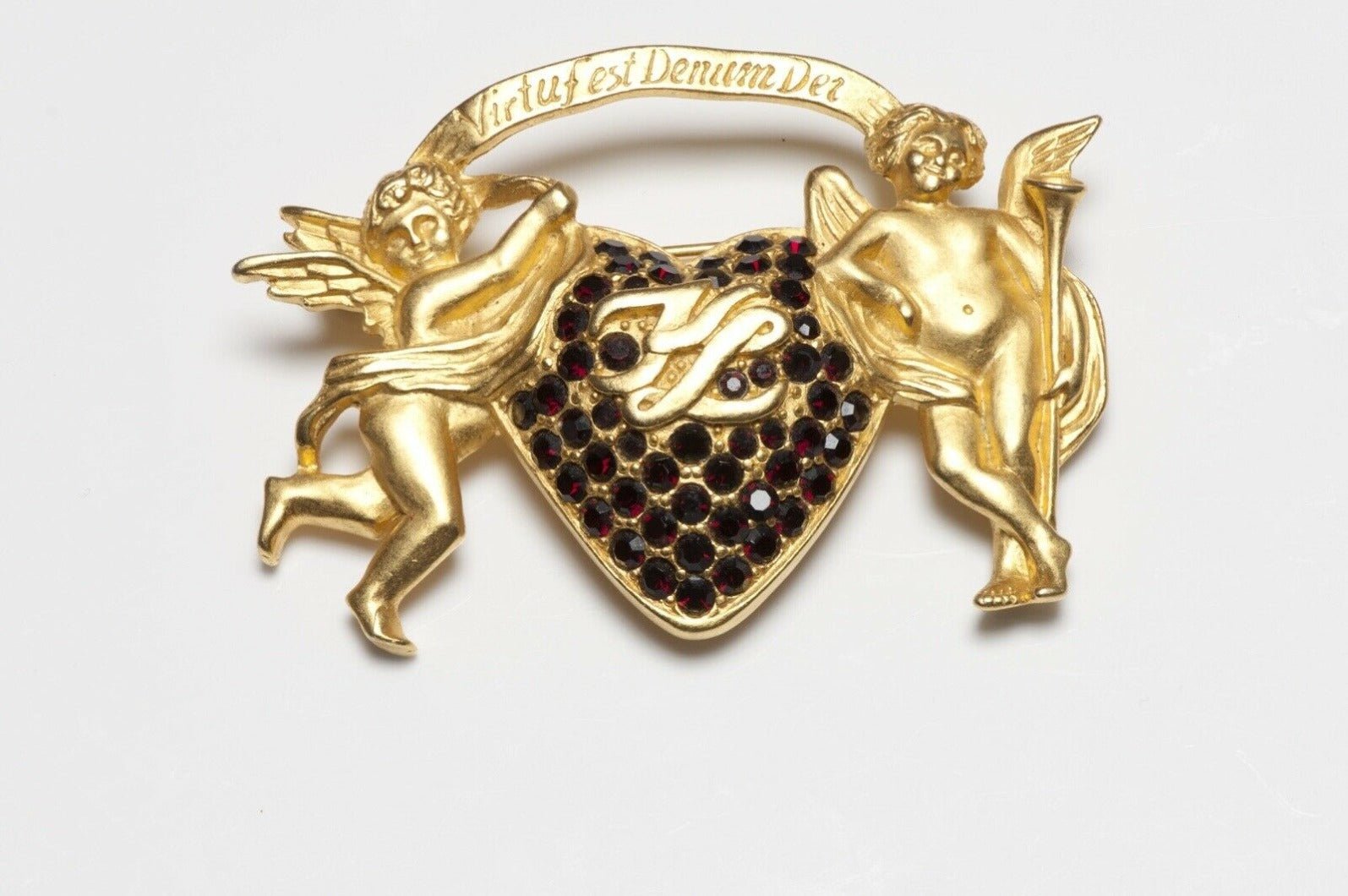Unexpected Discovery: Gold Treasure From The Time of Egyptian Queen Nefertiti
Archaeologists made an astonishing historical discovery: a treasure trove of gold jewelry from the time of the Egyptian Queen Nefertiti.
The important discovery was made in the ancient Bronze Age city of Hala Sultan Tekke (Cyprus) by archaeologists from the University of Gothenburg (Sweden).
They were astonished to find a treasure trove of gold jewelry and other silver and bronze precious objects from the time of the famous Egyptian Queen, around 1350 BC.
According to Heritage Daily, they have also unearthed more than 150 human skeletons in this ancient settlement in Cyprus, and excavations have lasted no less than four years, having begun as early as 2018.
The Gold Treasure Found In Ancient Tombs
"The finds indicate that these are family tombs for the ruling elite in the city. For example, we found the skeleton of a five-year-old with a gold necklace, gold earrings, and a gold tiara. This was probably a child of a powerful and wealthy family," said professor Peter Fischer, the leader of the excavations.
The finds included jewelry and other objects made of gold, silver, bronze, ivory, and precious stones, and richly decorated ceramic vessels from several cultures.
The gold jewelry, along with scarabs (amulets in the shape of a beetle with hieroglyphs) from the Nile Valley, tells the story of the intense trade with Egypt. By comparing with similar finds from Egypt, the experts were also able to date the jewelry.
Queen Nefertiti Wore Similar Jewelry
"The comparisons show that most of the objects are from the time of Nefertiti and her husband Echnaton around 1350 BC. Like a gold pendant we found: a lotus flower with inlaid gemstones. Nefertiti wore similar jewelry," the leader of the excavations explained.
Nefertiti was the queen of Egypt from 1353 to 1336 BC and was the wife of pharaoh Amenhotep IV (or Akhenaten). She played an important role in supporting the cult of the sun god known as Aten, according to Britannica.
The ceramic finds are also very important.
"The way that the ceramics changed in appearance and material over time allows us to date them and study the connections these people had with the surrounding world. What fascinates me most is the wide-ranging network of contacts they had 3,400 years ago."

















